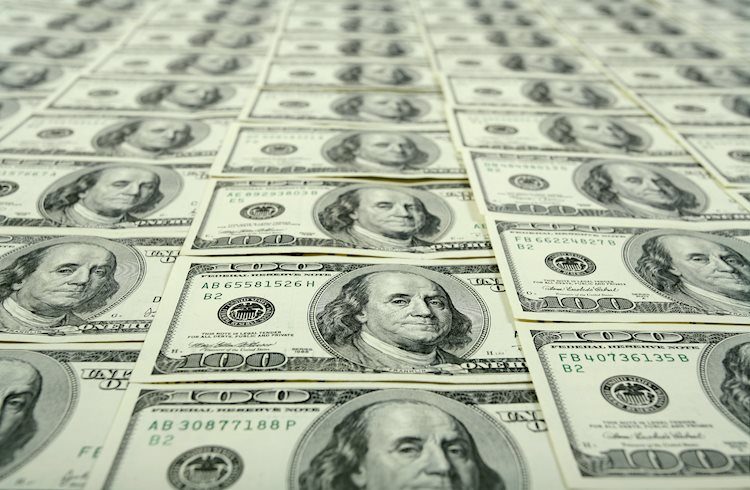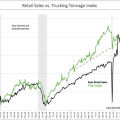According to media reports, the Bank of Japan will discuss making a tweak to its yield curve control (YCC) on Friday; the BoJ meeting will be the highlight of the Asian session. The Tokyo Consumer Price Index is due, and in Australia, the Producer Price Index. Later in the day, attention will turn to preliminary inflation figures from France, Spain, and Germany. The US will also release inflation data, including the Core Personal Consumption Expenditure (PCE) index.
Here is what you need to know on Friday, July 28:
Upbeat economic data from the US boosted the US dollar on Thursday. The economy expanded at a 2.4% annualized rate, above the expected 1.8% and also higher than the 2% of market consensus. Additionally, Initial Jobless Claims, Durable Goods Orders, and Pending Home Sales posted better-than-expected readings. Wall Street initially cheered the data, but main indices failed to hold onto gains and finished with losses of 0.60% on average.
The US Dollar Index jumped to 101.85, reaching the highest level since July 11 but then pulled back on the back of the USD/JPY decline. US Treasury yields also rose, with the 10-year rising above 4.0% and the 2-year hitting 4.95%
On Friday, the US Core Personal Consumption Expenditure index for June is due. The annual rate is expected to decline from 4.6% to 4.2%. It is the Fed’s preferred inflation gauge. Also due are income and spending data, the Employment Cost Index, and the final University of Michigan Consumer Sentiment index. Next week, the official US employment report is due.
The Japanese Yen rose sharply during the American session and became the biggest gainer of the day. Nikkei reported that the Bank of Japan (BoJ) will discuss a tweak in its Yield Curve Control policy to allow rates over 0.5%. USD/JPY tumbled from above 141.00 to 138.80 in a few hours. The BoJ will have its monetary policy meeting on Friday, which gained attention following recent speculations. The Tokyo Consumer Price Index (CPI) is also due.
The Euro weakened after the European Central Bank (ECB) decision to raise rates by 25 basis points, as expected. The fact that Lagarde offered no forward guidance and kept all options on the table for the next meeting in September weighed on the common currency. The key driver in EUR/USD, however, was the stronger US dollar. Spain, France, and Germany will release the preliminary July Consumer Price Index. EUR/USD tumbled to 1.0960, having its worst day in months.
Jörg Krämer, Chief Economist at Commerzbank:
The ECB switched off the autopilot at today’s Council meeting. From now on the data will determine whether the ECB raises its interest rates again or not. Because we expect a significant decline in inflation and a recession in the second half of the year, we continue to not forecast a rate hike in September. On the other hand, we doubt the market’s view that the ECB will cut rates as early as 2024.
GBP/USD resumed the downside, falling below 1.2800 to the lowest level in three weeks. EUR/GBP bottomed at 0.8545 but then erased losses, rising to 0.8575.
USD/CAD rose, boosted by the Greenback, and hit weekly highs at 1.3245 but still remains capped by the 1.3250 resistance zone. On Friday, Canada’s monthly GDP for May is due, with a 0.3% expansion expected.
NZD/USD retreated a hundred pips from the top and closed below 0.6200. AUD/USD posted its lowest close since July 11, near 0.6700 and below the 20-day Simple Moving Average (SMA). Both currency pairs are under pressure amid stronger Dollar and technicals. Australia will release the Producer Price Index on Friday.
Metals collapsed following the US data. Silver lost more than 3%, falling to $24.00, and Gold plummeted from $1,980 to $1,942. Cryptocurrencies also suffered from a stronger dollar, with Bitcoin falling 1.60% to $29,100 and Ethereum 1.24% to $1,858.
Like this article? Help us with some feedback by answering this survey:




